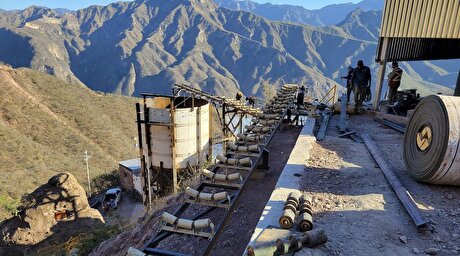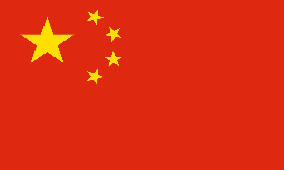
INE contract targets IMO bunker market

The Shanghai Futures Exchange (SHFE) hopes the contract will give producers and trading firms a means to hedge their exposure to the new physical market emerging for 0.5pc sulphur bunker fuel. The SHFE's INE subsidiary expects to complete listing preparation work for the contract by the end of this year in order to get approval from national securities regulator the CSRC and to launch in early 2020.
The contract will work around the physical settlement of positions in bonded storage tanks where tax is only paid when the fuel is removed, like China's INE crude futures contract.
The INE aims to match its marine fuels contract to the incoming 0.5pc sulphur bunker fuel required by International Maritime Organisation (IMO) rules from 1 January 2020. It will be open to international investors but denominated in yuan, introducing an element of foreign exchange risk for offshore participants.
There is already a bunker fuel futures contract listed on the SHFE. The SHFE changed the delivery basis to bonded from domestic delivery last year, to boost its relevance to international bunker trade, and succeeded in boosting liquidity from close to zero to more than 800,000 lots of daily trade and 200,000 lots (2mn t) of open interest.
The SHFE allows delivery of both 3.5pc sulphur and 0.5pc sulphur bunker fuel into the existing contract. Either may be delivered to settle open positions, but only 3.5pc sulphur fuel is used because it is less valuable than the 0.5pc sulphur fuel grade. The latter commands a $138.98/t premium to the former at Zhoushan in Zhejiang province this month, Argus physical assessments show, down from a premium of $173.61/t in June.
The SHFE considered incorporating a premium for 0.5pc sulphur marine fuels into its futures contract, to attract liquidity. But it appears to have ditched that plan in favour of creating a new contract from scratch, perhaps to avoid the challenge of creating a dynamic market differential for each grade. Creating a new contract entails a far lengthier approvals process.
The futures contract proposal is part of a drive by the Zhoushan city government to create an international bunkering hub to rival Singapore. Bunker fuel trade at Zhoushan has grown rapidly, to 3.593mn t (60,000 b/d) last year from just 910,000t in 2016. But, Chinese bunker fuel traders still use Singapore swaps for their hedging purchases. Using a Chinese futures contract in China — even if physically settled — should better capture local market fundamentals, provide a regional arbitrage tool and be easier to access than Singapore swaps markets.
The Chinese bunker market is in its infancy and is dominated by a handful of state-owned firms. Only a dozen companies have bunkering licences at Zhoushan, where state-controlled PetroChina's bunkering arm, Chimbusco, is by far the largest trader. Refuelling at Zhoushan is far costlier than using Singapore because the government collects nearly Yn2,000t ($44/bl) in fuel oil consumption and value-added taxes that it currently does not refund — even on bunker sales into the export market.
In contrast, the government does rebate taxes paid on gasoline, diesel and jet exported under quotas issued by the commerce ministry. This is about to change. A lobbying campaign by state-owned oil firms and the Zhejiang government is likely to persuade Beijing to announce rebates for bunker exports by the end of this year.



Equinox Gold kicks off ore processing at Valentine mine

India considers easing restrictions on gold in pension funds

Critical Metals, Ucore ink 10-year offtake deal to supply rare earths to US plant

Locksley Resources forms US alliances to establish domestic antimony supply chain

El Salvador buys $50M in gold for reserve diversification

Freeport doubles down on Amarc’s JOY project

Ancient rocks in Australia reveal one of world’s most promising new niobium deposits – report

Construction at Helium Evolution’s Saskatchewan processing plant nearly complete

Freeport doubles down on Amarc’s JOY project

El Salvador buys $50M in gold for reserve diversification

Construction at Helium Evolution’s Saskatchewan processing plant nearly complete

Ancient rocks in Australia reveal one of world’s most promising new niobium deposits – report

Locksley Resources forms US alliances to establish domestic antimony supply chain

Critical Metals, Ucore ink 10-year offtake deal to supply rare earths to US plant

Equinox Gold kicks off ore processing at Valentine mine

India considers easing restrictions on gold in pension funds

Luca Mining expands Tahuehueto mine with Fresnillo land deal

Freeport doubles down on Amarc’s JOY project

El Salvador buys $50M in gold for reserve diversification

Construction at Helium Evolution’s Saskatchewan processing plant nearly complete

Ancient rocks in Australia reveal one of world’s most promising new niobium deposits – report

Locksley Resources forms US alliances to establish domestic antimony supply chain

India considers easing restrictions on gold in pension funds

















